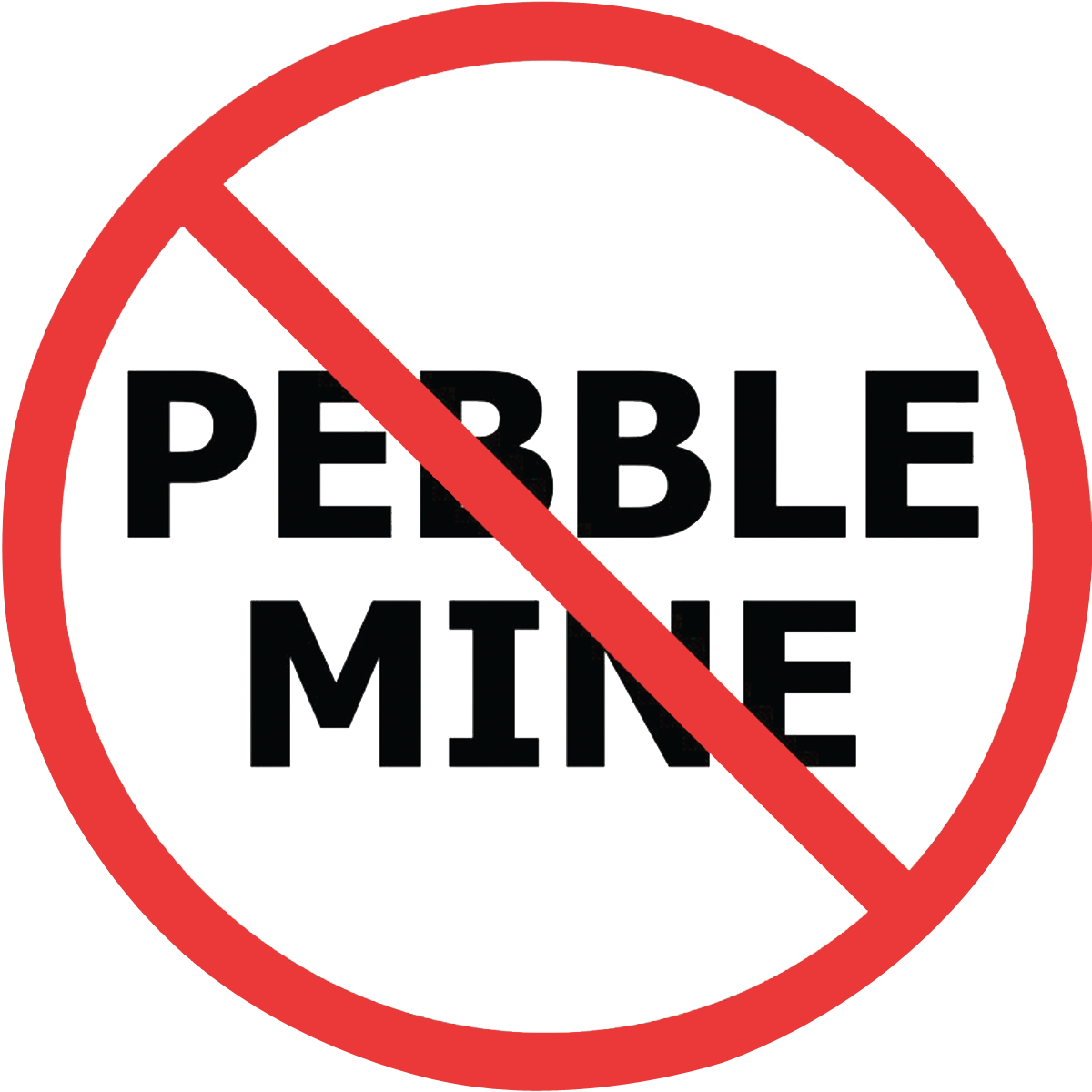The most important document of the permitting process, the Draft Environmental Impact Statement, for the proposed Pebble mine was released last week. In it, the Army Corps of Engineers (Corps) fails to consider many pertinent issues and potential impacts from the project, largely ignores the established science regarding the mine, and overlooks many concerns with Pebble’s proposal.
What should be the foundation of any decision about whether to issue permits to build the proposed mine, this DEIS for Pebble is incomplete, unscientific, and unacceptable. It fails to make Pebble answer major questions about how their project will operate, ignores the near-certainty the project will expand in the future, and overlooks the possibility of a catastrophic failure.
Pebble must answer basic questions about how they will mine, the ultimate size and scale of the project, whether it is even economically viable, and how they plan to protect wild salmon, people, water, and fish-based jobs in Bristol Bay. Without that information, the only reasonable path forward is for the Corps to throw out this DEIS. Comment today.
There are several major ways the DEIS for the proposed Pebble mine fails to meet the most basic standards:
Failure to consider inevitable future expansion. The alternative plans considered by the Corps are not reasonable alternatives and are not economically feasible. Pebble has provided no economic feasibility study and, based on its own statements and actions, has made clear it intends to expand mining activities far beyond the scope and scale of what it has proposed in its application to the Corps. Yet, the Corps has limited its review to a 1.4 billion-ton mine and thus is evaluating a fraction of the overall risk to the region. Additionally, each of the action alternatives in the DEIS document contemplate backfilling the mine pit with mine waste, which ,since we know Pebble plans to expand, is not likely to occur and omits risks to the region that must be considered.
Insufficient protections for the Bristol Bay salmon fishery and the $1.5+ billion industries it supports. The proposed Pebble mine would require water treatment on a scale never before required by any mine in the world. When the EPA studied the impacts of a mine on Bristol Bay, it found mining would decimate fish habitat throughout the region and cripple the $1.5 billion commercial salmon and recreational sport fishing economies. Rather than follow this science, the Corps accepted Pebble’s lies at face value and incorporated them into the DEIS. Errors and omissions within the document that jeopardize the fisheries of the region include: discounting the value of the Bristol Bay commercial fishery; citing poor and inappropriate examples of the co-existence of development with fisheries; ignoring many hazardous contaminants; providing insufficient baseline data for proper culvert design, and vastly underestimating culvert impacts; virtually ignoring impacts from water temperature changes; ignoring changes to baseline water quality—even of treated and discharged water; downplaying importance of critical habitat; ignoring indirect ecological effects of development, etc.
A complete failure to plan for catastrophic tailings dam failures in a seismically active region. The facilities used to store waste at open pit mines have a long history of failing, causing mine waste to leak and contaminate waterways forever. The list of failed tailings dams grows every year, and notably includes the Mount Polley Mine, which spilled billions of gallons of toxic mine waste after its dam failed in British Columbia. Pebble used the same engineering firm that designed the failed Mount Polley dam to design their own structure in Bristol Bay. Tailings dams have failed across the world, even in countries with stringent regulations. Yet somehow the DEIS for Pebble does not address this scenario at all.
Pebble can’t answer major questions about how their project would work - and the Corps isn’t forcing them to. Throughout the scoping process, the Corps made 165 specific requests for additional information from Pebble. Pebble provided perfunctory and incomplete answers to most of these inquiries, and to date has completely failed to address some of them, which suggests fatal flaws in Pebble’s proposal. By law, a permitting agency should not accept an application for review until these kinds of questions are fully answered. Instead, the Corps chose to ignore those standards, opting to rush ahead without all the critical information needed to completely review the mine proposal.
Destruction of salmon streams, wetlands, and other waters: The DEIS indicates Pebble’s proposed project, even at its initial scale, would destroy more than 3,500 acres of wetlands and more than 80 miles of streams, and these numbers likely underestimate the true path of destruction. The DEIS does not indicate whether salmon or other fishes are present in these acres or miles, likely due to a lack in baseline data. What’s more, one entire salmon-bearing tributary will be eliminated that currently supports kings, sockeye, and coho. While the DEIS attempts to diminish the scale of these impacts by comparing the number of acres filled to the total number of acres of wetlands in the entire Bristol Bay region, the fact remains that the proposed Pebble mine, even at its initial size as reviewed by the Corps, would be massively destructive to Bristol Bay’s world class fisheries and waters.
By holding projects to high standards, the Army Corps of Engineers can help protect local communities, businesses, and the local and state economies from the risks associated with development projects. In the case of the proposed Pebble mine, they have chosen to serve an Outside mining company instead of the public. It is imperative Congress hold them accountable, demonstrate basic expectations of good faith from our government and throw this document out.
Please comment to the Corps with this information today.
Header photo by Tim Romano

